In cities like New York and Chicago, where the pace of life rarely slows, a quiet revolution is underway. People from all walks of life—office workers, parents, even retirees—are incorporating yoga poses into their routines, seeking solace from the relentless grind. This isn’t just a fad; it’s a response to rising stress levels reported across the nation. According to recent surveys, nearly 80% of Americans feel overwhelmed at times, prompting a surge in practices that promise calm. Yoga, with its ancient roots adapted for modern needs, offers accessible tools for relaxation. As we navigate 2025’s uncertainties, these poses stand out as simple yet powerful ways to melt away tension, fostering a sense of peace that lingers long after the session ends. Whether you’re new to the mat or a seasoned practitioner, exploring these seven poses can transform how you handle daily pressures.
1. Child’s Pose: A Gentle Retreat
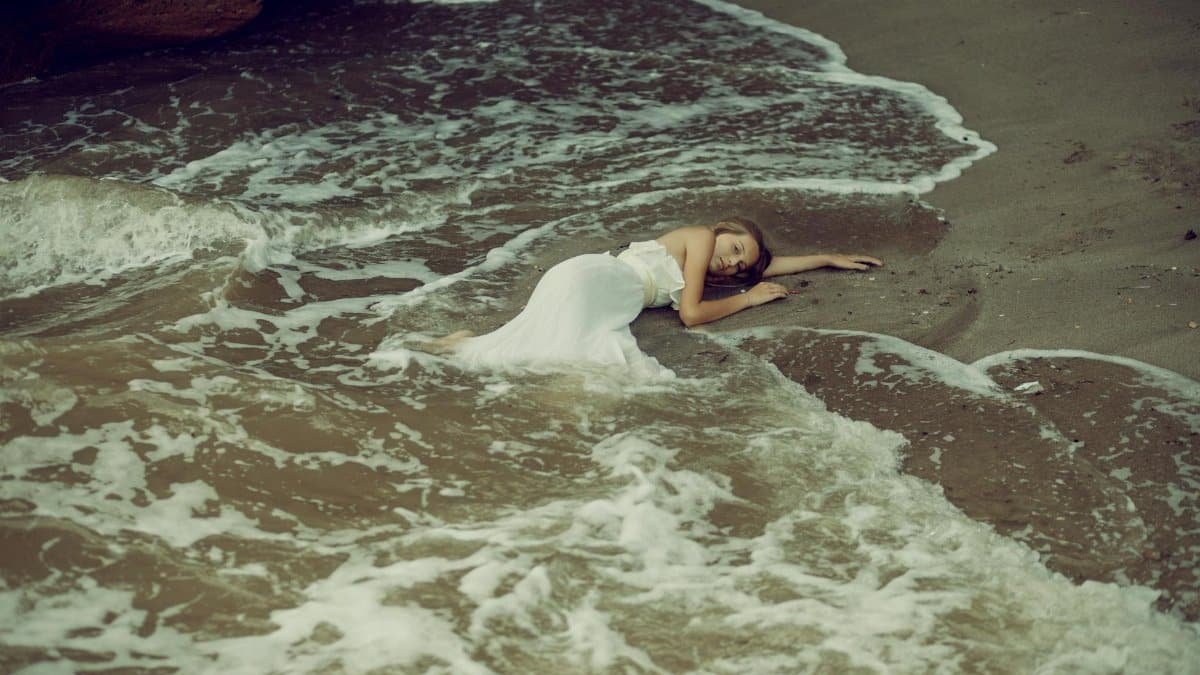
Start with something foundational. Child’s Pose, or Balasana, invites you to fold forward, knees wide, arms extended or resting by your sides. It’s like curling into a protective shell, where the outside world fades. Imagine a busy parent, after a day of juggling deadlines and school runs, sinking into this position. The forehead presses to the mat, breath deepens, and suddenly, the chaos quiets. Research supports this: studies show that such restorative poses activate the parasympathetic nervous system, reducing cortisol levels. One analysis from the National Institutes of Health highlights how yoga can lower stress markers significantly. Yet, it’s not without its nuances. For those with knee issues, a blanket under the joints makes it more approachable. Practitioners often describe a release, as if worries are seeping into the earth below. This pose isn’t about flexibility; it’s about surrender, a brief pause that recalibrates the mind.
Transitioning from there, consider how Child’s Pose sets the tone for deeper relaxation. It’s versatile—hold it for a minute or five, letting gravity do the work. In group classes, you’ll see varied adaptations, reminding us that yoga meets you where you are. One anonymous account shared online captured this essence: feeling utterly drained after a long shift, they dropped into the pose and emerged refreshed, as if a weight had lifted. Such stories underscore its accessibility in our fast-paced lives.
2. Corpse Pose: The Ultimate Surrender
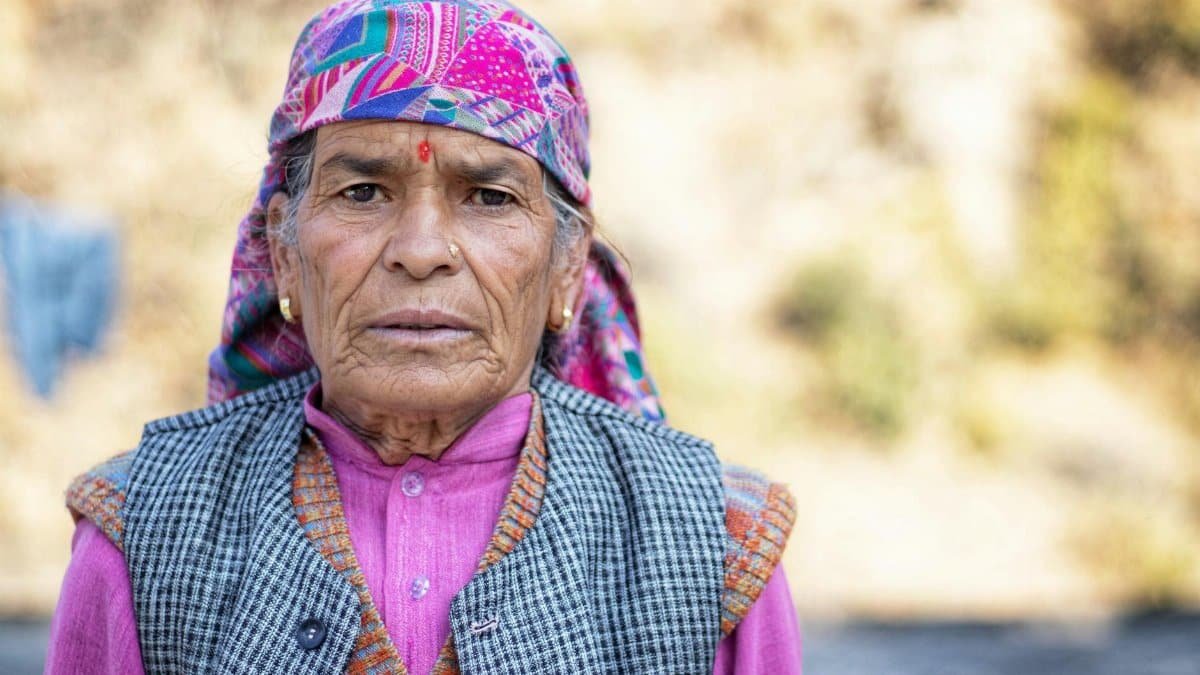
Lying flat on your back, arms and legs relaxed—Corpse Pose, known as Savasana, might seem deceptively simple. But don’t underestimate it. This is where integration happens, the body absorbing the benefits of prior movements. Picture a corporate executive, suit discarded, sprawled on a living room floor after a grueling Zoom marathon. Eyes closed, palms up, they let go. It’s in this stillness that true relaxation blooms, often revealing tensions you didn’t know you held. A report from Harvard Health Publishing notes that regular Savasana practice can improve sleep quality and reduce anxiety, backed by brain imaging studies showing decreased activity in stress-related areas.
What makes it profound is the mental challenge. Minds wander—to grocery lists, emails—but gently guiding focus back to breath builds resilience. Some add a weighted blanket for extra grounding, turning it into a mini-meditation. It’s a reminder that doing nothing can be productive, countering the hustle culture of 2025. Through this pose, many discover a quieter inner voice, one that whispers calm amid life’s storms.
3. Legs-Up-The-Wall Pose: Melting Stress Away
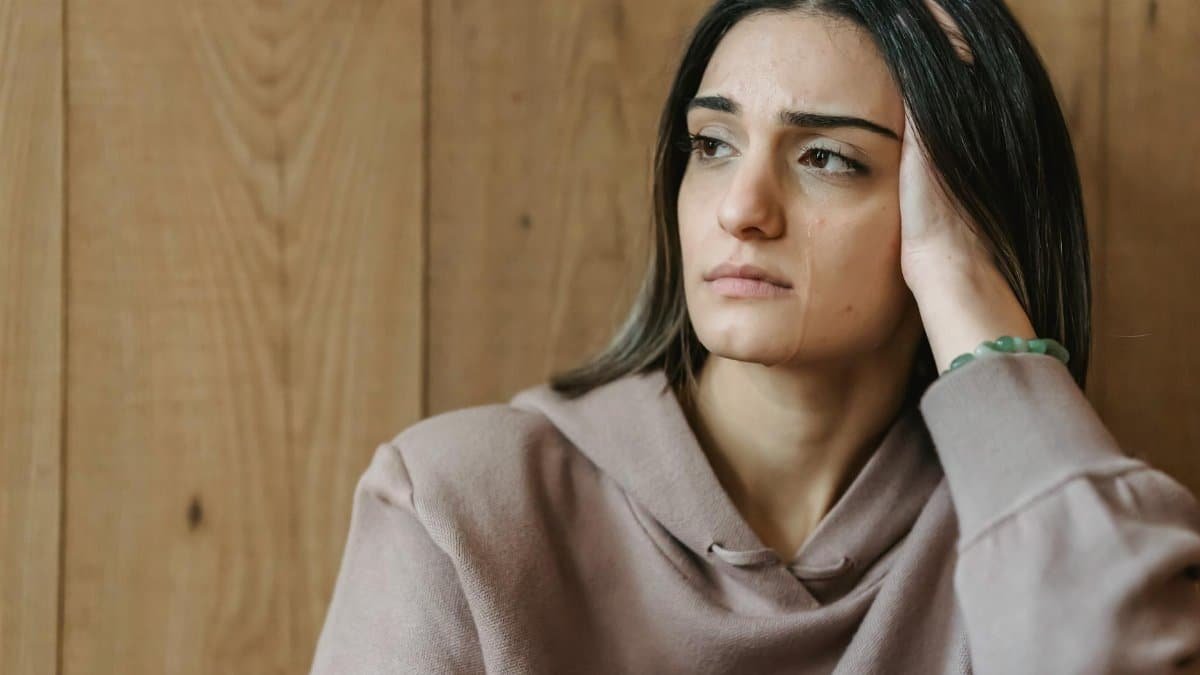
Here’s the standout: Legs-Up-The-Wall Pose, or Viparita Karani, truly melts stress like butter on a hot pan. Scoot your hips close to a wall, swing your legs up vertically, and relax. No fancy props needed, though a folded blanket under the hips enhances comfort. Think of it as an inversion without the intimidation—blood flow reverses, easing tired legs and calming the nervous system. In one vivid snapshot, a teacher in Seattle described collapsing into this after a tense family gathering; within minutes, the knot in her chest dissolved. Evidence from the Mayo Clinic affirms its role in stress reduction, linking it to lower blood pressure and improved circulation.
But it’s more than physiology. This pose encourages introspection, a rare commodity today. Hold for 5 to 15 minutes, perhaps with eyes covered, and watch worries fade. Variations include bending knees slightly for back support. In online discussions, folks often rave about its immediacy—one user noted how it “erased the day’s frenzy” during a work break. As we face mounting pressures in 2025, this pose offers a quick reset, proving that sometimes, flipping your perspective literally changes everything.
4. Cat-Cow Pose: Flowing with Breath

Moving into rhythm, Cat-Cow Pose alternates between arching and rounding the spine on all fours. Inhale to cow, exhale to cat—it’s a dance of breath and movement. Envision a writer hunched over a keyboard all day, then flowing through this sequence; stiffness releases, energy shifts. This dynamic duo not only loosens the back but syncs mind and body, fostering mindfulness. A study published via the National Center for Biotechnology Information connects such poses to reduced perceived stress, with participants reporting greater emotional balance.
The beauty lies in its adaptability—go slow for relaxation or add intensity for warmth. It highlights yoga’s fluidity, contrasting rigid routines. Some feel a subtle emotional purge, as if exhaling negativity. In a broader sense, it mirrors life’s ebbs and flows, teaching acceptance. Amid 2025’s digital overload, this pose reminds us to breathe through transitions, emerging more centered.
5. Forward Fold: Releasing the Day
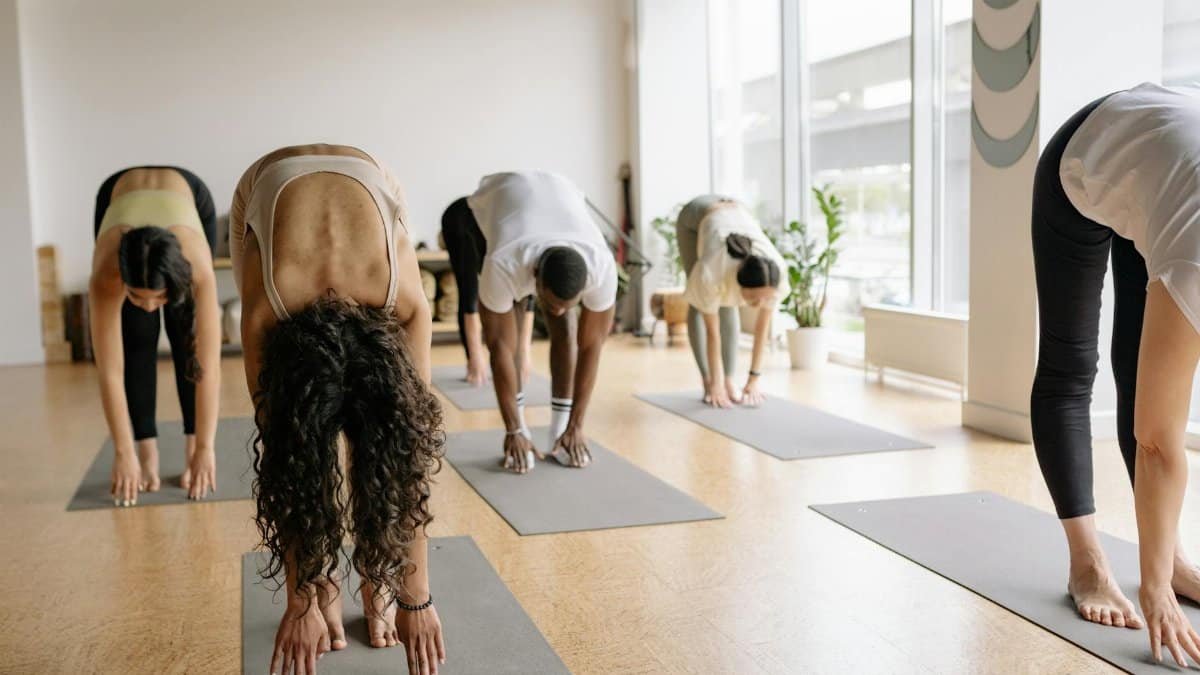
Standing tall, then hinging at the hips to fold forward—Uttanasana, or Forward Fold, lets gravity pull you down. Knees can bend, hands touch the ground or shins; it’s about release, not perfection. Recall a commuter, fresh off a crowded train, unfolding into this at home—the hamstrings stretch, the mind unwinds. It’s particularly effective for headache relief, as blood rushes to the head. Insights from Yoga International, drawing on multiple studies, emphasize its calming effects on the autonomic nervous system.
Yet, there’s depth here. Holding the pose invites reflection, perhaps on what’s weighing you down. For beginners, using blocks eases entry. One shared experience online described it as “dumping out mental clutter,” a fitting metaphor for busy lives. It bridges physical and emotional release, making it a staple for evening wind-downs.
6. Seated Forward Bend: Deep Inner Calm
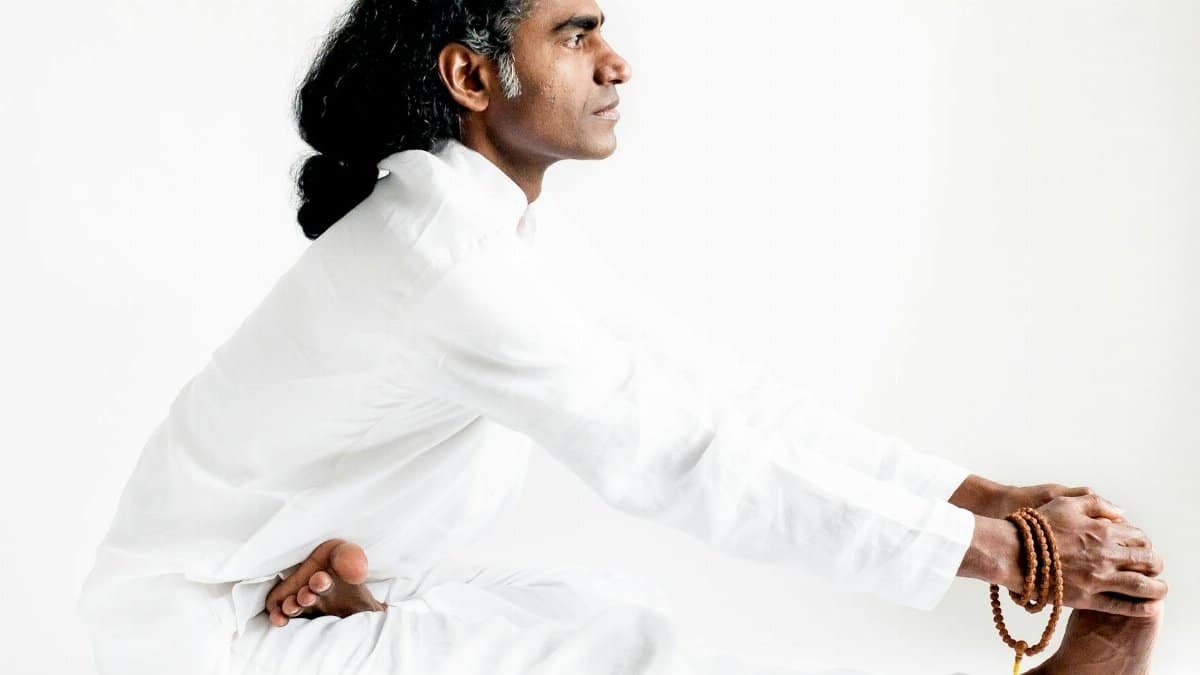
Sit with legs extended, fold forward from the hips—Paschimottanasana targets the back body, promoting introspection. Use a strap if hamstrings protest; the goal is ease, not strain. Picture an artist, after hours of creative intensity, settling into this; the forward bend soothes overstimulated nerves. Research indicates it aids digestion and reduces fatigue, per findings from the Yoga Alliance research page, which compiles evidence on yoga’s holistic benefits.
This pose encourages patience, as progress comes gradually. It can stir buried emotions, leading to catharsis. In group settings, you’ll hear sighs of relief, a collective exhale. For 2025’s always-on culture, it’s a counterbalance, nurturing sustained calm.
7. Reclining Bound Angle Pose: Opening to Peace
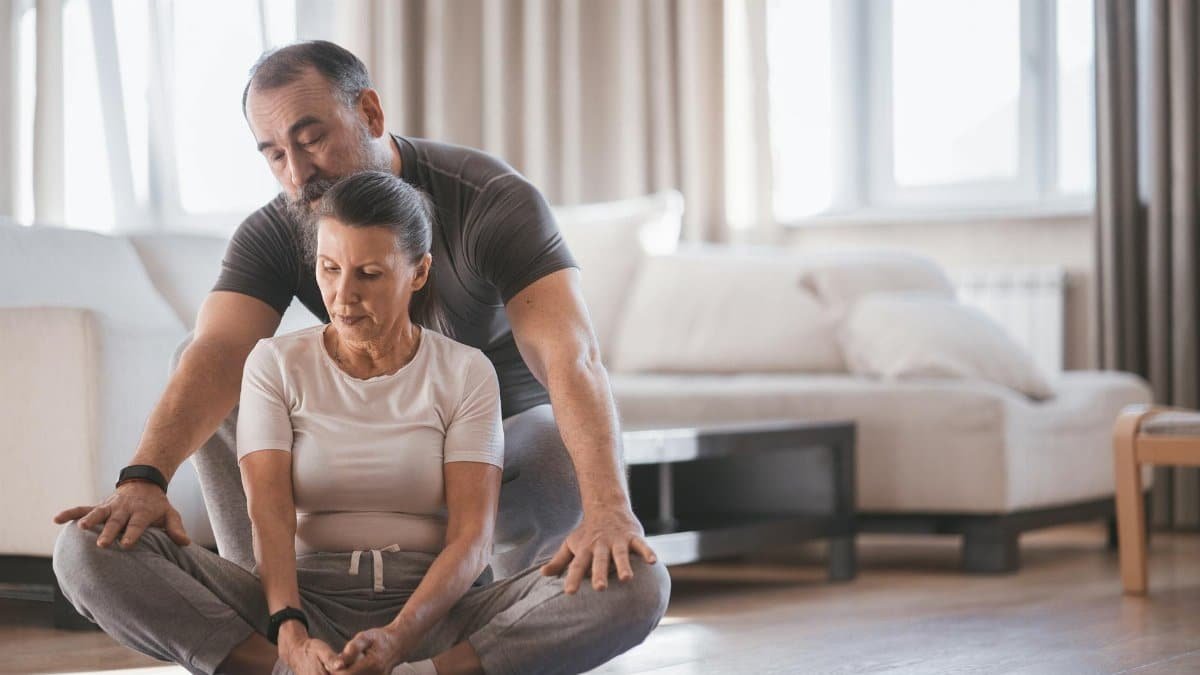
End with Reclining Bound Angle, soles of feet together, knees falling open, perhaps supported by pillows. Supta Baddha Konasana opens the hips, where stress often hides. Imagine a nurse, post-shift, reclining here; tightness melts, breath flows freely. It’s restorative, ideal for winding down. A compilation from Centers for Disease Control and Prevention underscores yoga’s role in enhancing well-being, including poses like this for relaxation.
The openness fosters vulnerability, yet safety. Add eye pillows for deeper rest. Stories abound of it easing insomnia, turning restless nights into serene ones. As these poses collectively demonstrate, yoga isn’t just exercise—it’s a pathway to reclaiming tranquility in an unpredictable world.
